6 Can't-Miss Composition Tips & Tricks
When we think about composition tips, most of us will immediately think of the Rule of Thirds. This is the classic composition tip and is certainly incredibly useful!
But, once you’ve mastered some basic composition tips, there are some more advanced ones that can make a real difference to your work. Let’s have a look at some of them here.
1. The Golden Ratio (Fibonacci Spiral)
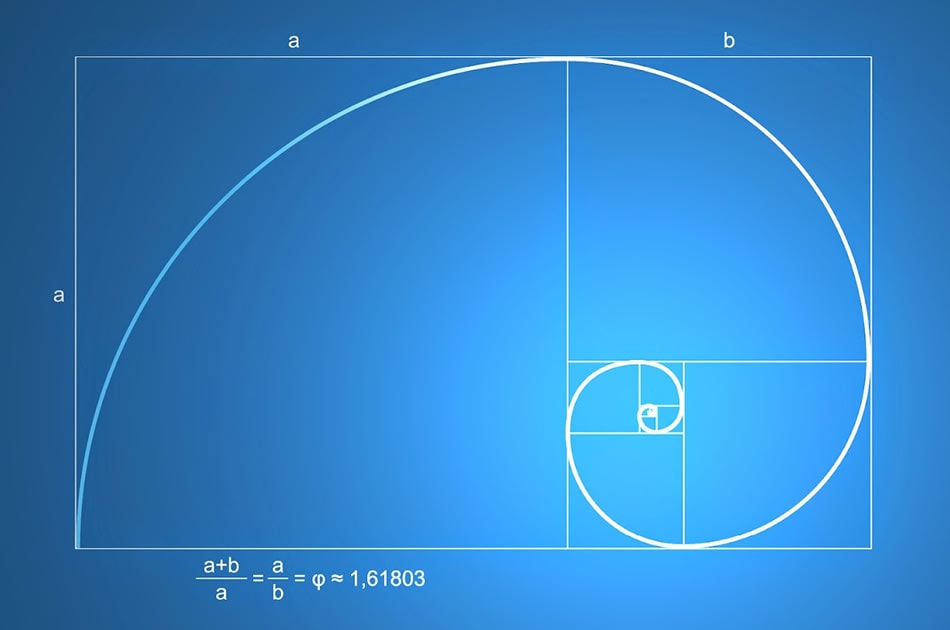
Image by John Lemieux
Also known as Phi, Divine Proportion or the Golden Mean, this composition law dates back to around 1200 A.D. Leonardo Fibonacci noticed that there was an absolute ration that often appeared throughout nature and that its design was pleasing to the human eye.
Since this time, artists and architects have designed their work to approximate this ratio of 1:1.618. When you apply this ratio to photography it can produce really aesthetically pleasing compositions. Using this diagram, you can place the spiral over your main point of interest – the spiral can also be rotated for different viewpoints. Try experimenting with it – you can download a grid from many sites and place it over existing images to get the idea!
2. Left to Right
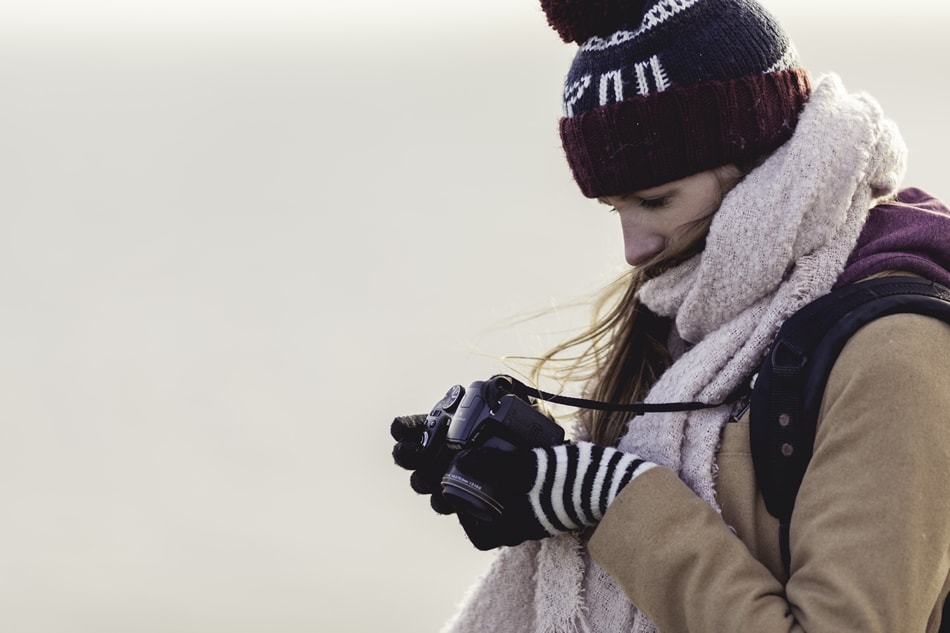
Our eyes are used to reading from left to right and, subconsciously, we apply this to looking at imagery as well. By placing the focus point of your image to the right side, you’ll help to create a photograph that our eyes will read as more appealing. The viewer’s eyes will be lead into the image and will perceive it as a stronger composition.
3. Negative Space
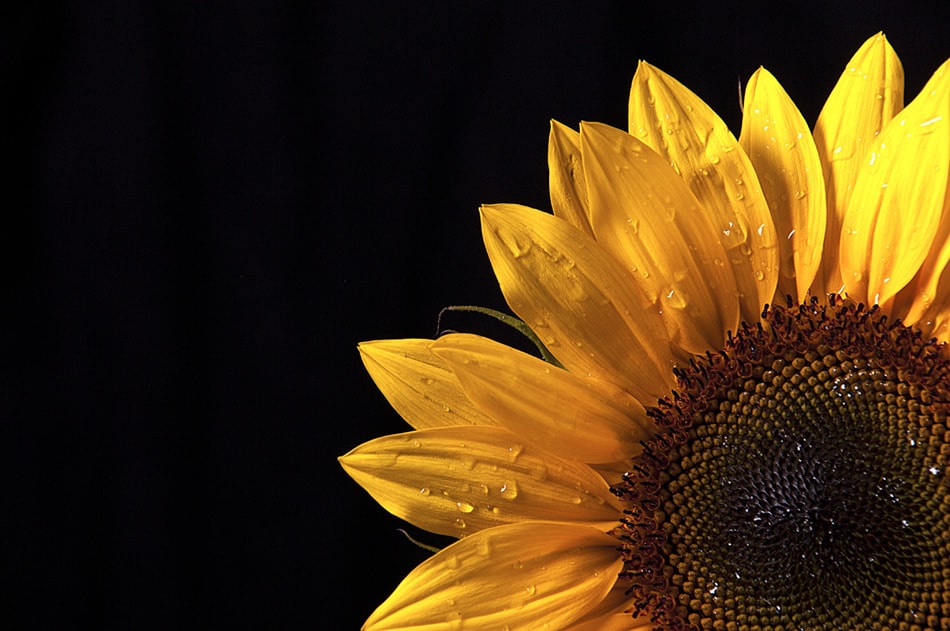
Photo by Faith Kashefska Lefever
Understanding and using negative space in your photography can make a real difference to your composition (in a good way of course!). Simply put, negative space is the area around your photograph’s subject matter (known as positive space), and helps to provide a natural balance when used correctly.
So, for example, in a head and shoulders portrait of a person, they would be the positive space and the background and anything surrounding them would be the negative space. Negative space works best when it’s a calm background, which helps to lead the viewer into the image.
4. Geometry
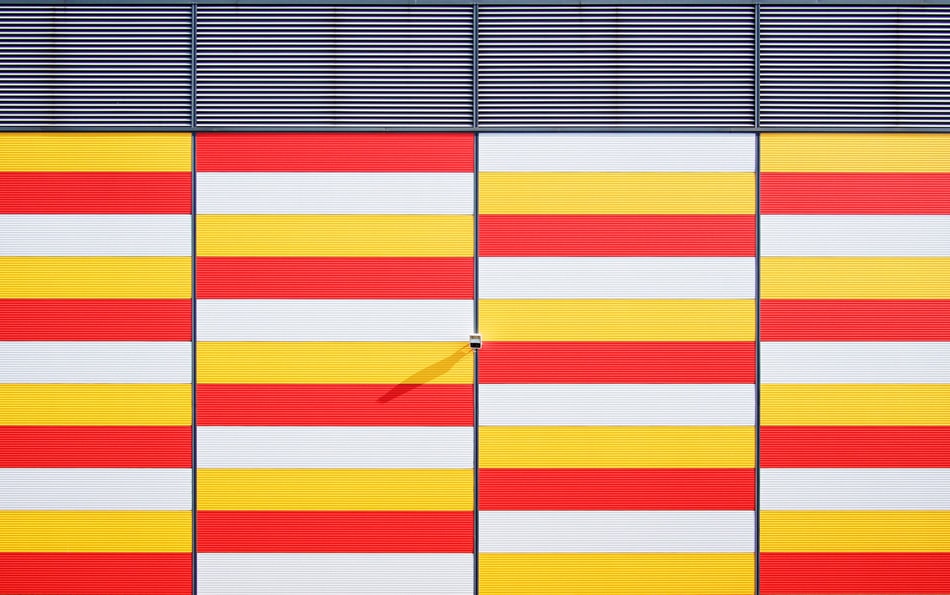
A lot of photographers probably see shapes in images without even realizing it! But deliberately looking for and placing shapes into your images can dramatically improve composition. Triangles are perhaps the easiest shape to find when composing your images and you might find, if you look through images you’ve already shot, that you find a lot of triangles in the photos! This is because the angles naturally form a depth of composition.
But you can also experiment with rectangles, circles, squares and arches – to name but a few.
5. Cropping
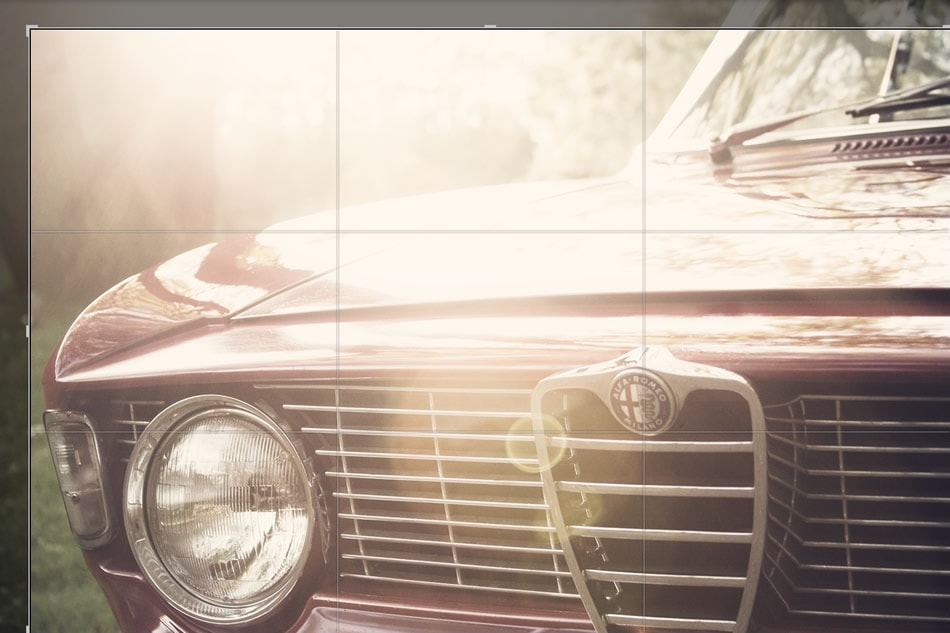
Whether you crop in camera or in post production afterwards, cropping can make or break the composition of an image. Problems usually occur because people are half hearted about cropping! There’s nothing worse than, for instance, a full-length portrait where just one foot is missing. Crops need to be strong, so to take your composition to the next level, don’t be afraid to crop off a good chunk of your image. Be decisive with your crops!
6. Tell a story
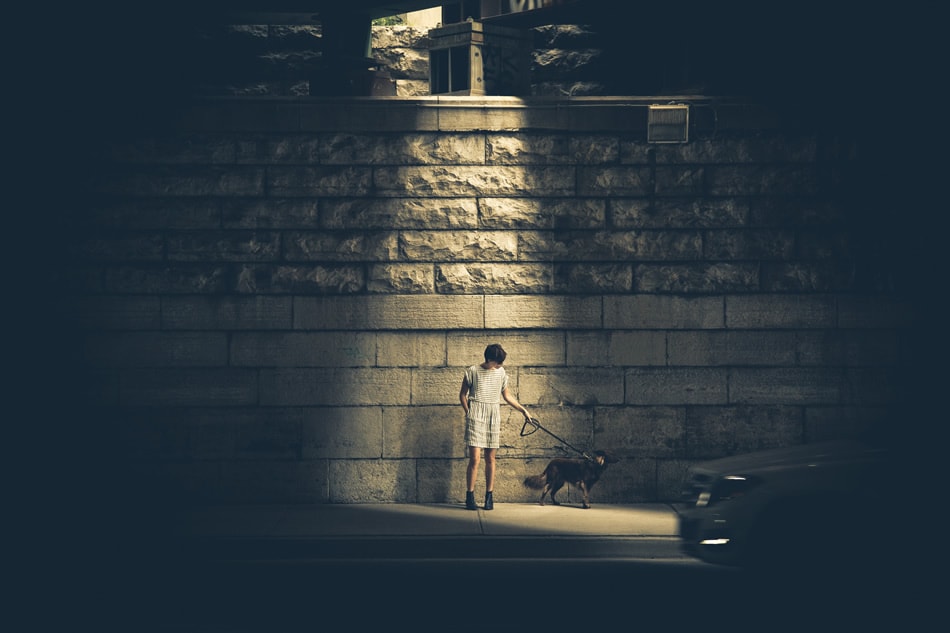
Telling a story with images is nothing new in composition terms. When you press the shutter, you want to think about the mood you want to convey to your viewer and the story that you’re trying to make people see. But in advanced composition terms, I want you to start thinking about paying attention to what you’re excluding from the photograph as well as what you’re including in it.
Analyze everything in the surroundings of your subject with your naked eye and then choose what to include that will add to your photograph. So often, if we only look through the viewfinder, we can miss the little things just out of shot.
Hopefully, these tips will help you to improve your photography and understand composition even further. Have fun shooting!
